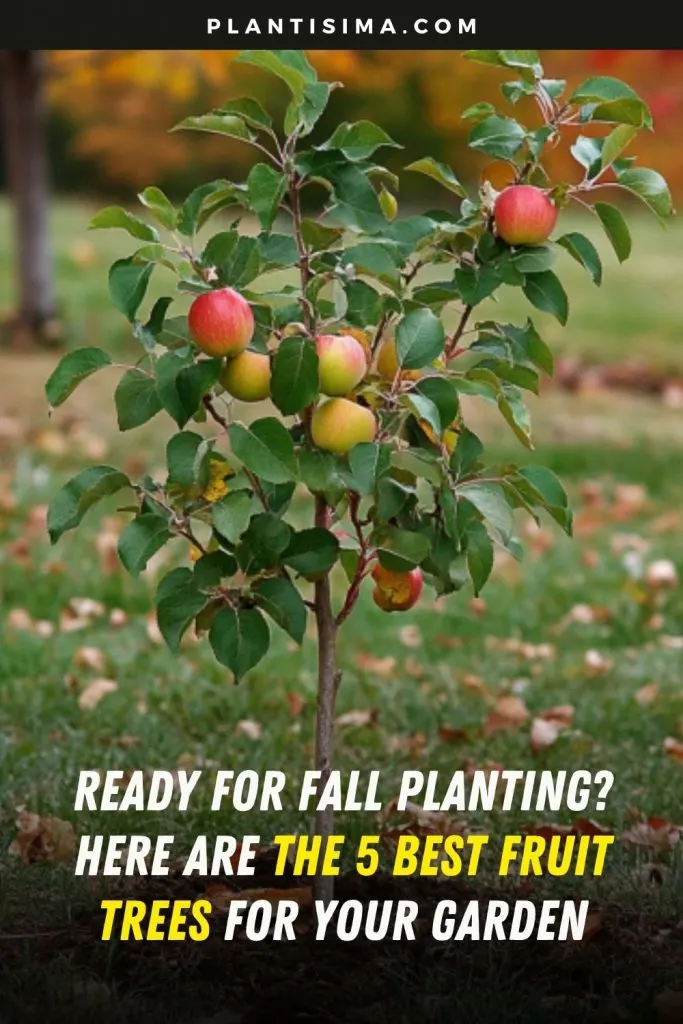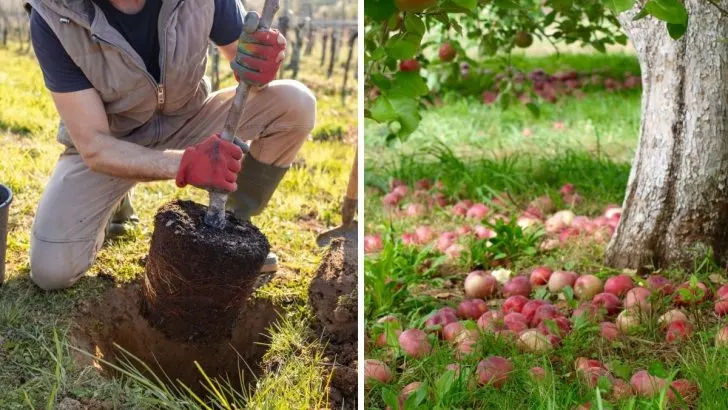Hey there, fellow garden enthusiasts! Ready to talk about sprucing up your fall garden with some fantastic fruit trees?
Well, you’re in for a treat because we’re about to dive into the top 5 fruit trees that are perfect for planting as the leaves start to change.
Trust me, your future orchard will thank you for this head start!
Why Fall is Ideal for Planting Fruit Trees
You might be thinking, “Isn’t spring the time for planting?” Well, hold onto your gardening gloves, because fall is actually a secret weapon when it comes to planting fruit trees.

It’s like nature’s own welcome mat for your new leafy friends.
Think about it – the weather’s just right, not too hot, not too cold. It’s the Goldilocks zone for trees! The soil’s still warm from summer, but the air’s cooling down.
This combo is like a spa day for tree roots, letting them get nice and cozy in their new home without the stress of scorching heat.
And get this – deciduous trees (you know, the ones that lose their leaves) are naturally winding down for winter.
They’re not worried about putting on a flowery show; they’re all about beefing up their roots and storing energy. It’s like they’re preparing for a long winter’s nap, and you’re tucking them in at just the right time.
Top 5 Fruit Trees for Fall Planting
1. Persimmons
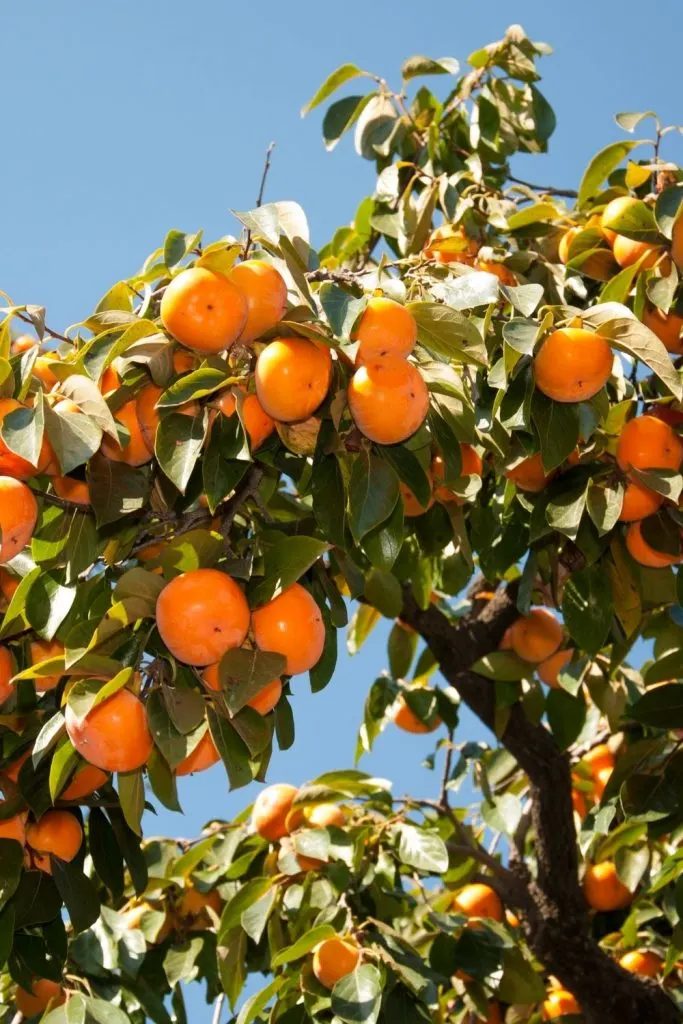
Let’s kick things off with persimmons, shall we? These beauties are like the superheroes of the fruit tree world. They can handle frost, drought, and still come out looking fabulous. If you’re in Texas, you’re in luck – these trees love it there!
Persimmons are sun-worshippers, so find them a nice, bright spot in your garden. When you’re picking varieties, you’ve got options – go for the American types if you’re in a chillier area, or try the Asian varieties for bigger fruits. Either way, you’re in for a treat come harvest time.
2. Figs
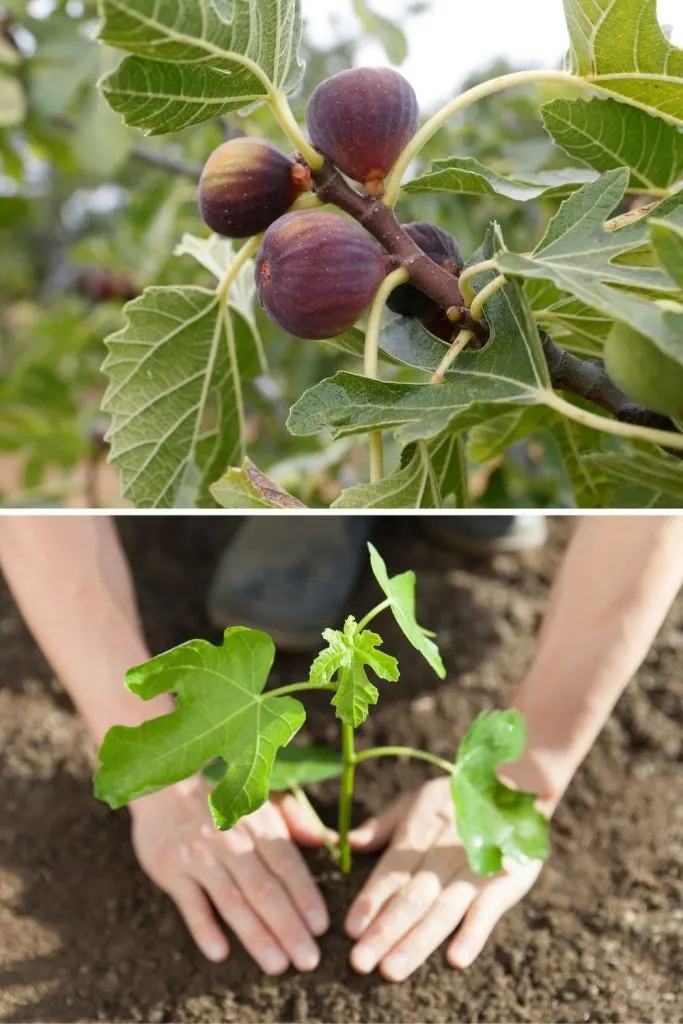
Next up, we’ve got figs. These trees are tough cookies, perfect for those of you in areas where the weather likes to throw curveballs.
They can take the heat, and they just laugh in the face of drought. Plus, as they get older, they only get tougher – talk about aging gracefully!
For my Texan friends out there, look for varieties like Alma, Brown Turkey, or LSU Purple. Just remember, when Jack Frost comes knocking, young fig trees need a bit of extra TLC.
Mulch them up good, and they’ll be just fine.
3. Pomegranates
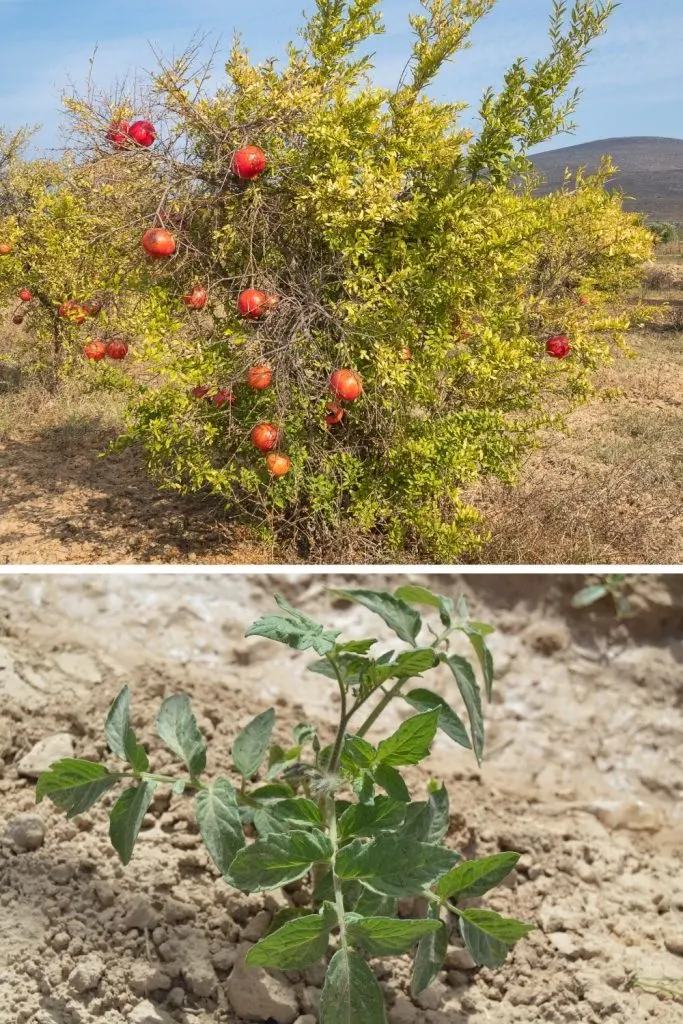
Pomegranates are next on our hit list, and let me tell you, these trees are drought-tolerant champions. They’re perfect for those of you who forget to water occasionally (hey, we’ve all been there).
With a little love, these trees can stick around for over 30 years – talk about a long-term relationship!
If you’re in a cooler area, don’t worry. Look for varieties like Parfianka or Russian. They’re the tough guys of the pomegranate world, ready to take on colder temps while still giving you those juicy, ruby-red fruits.
4. Jujube Trees
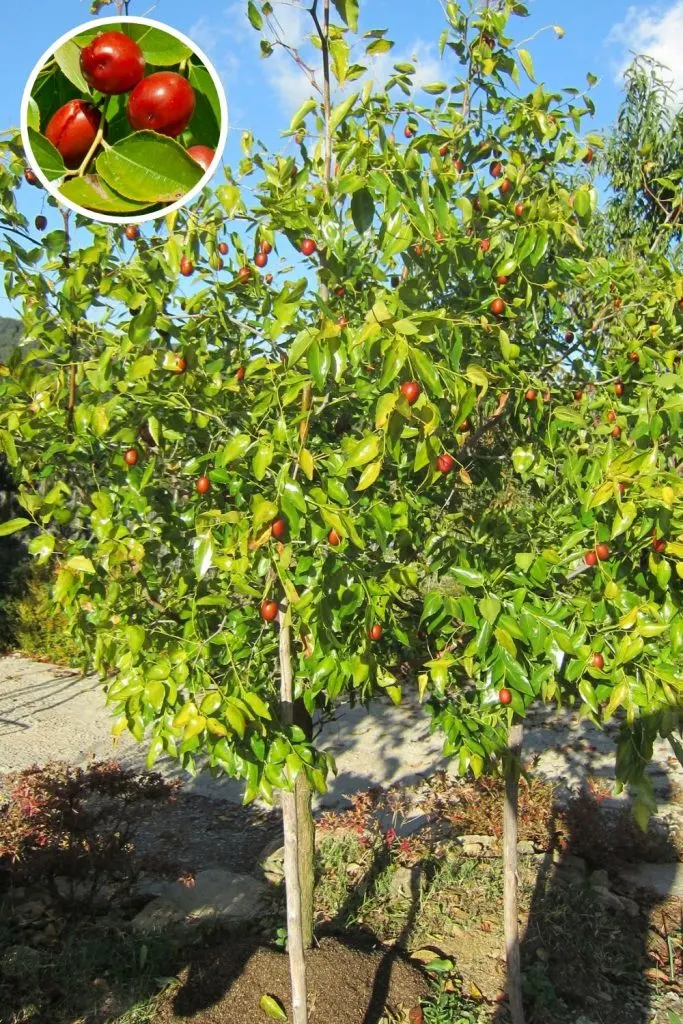
Now, let’s chat about jujube trees, also known as Chinese dates. These adaptable little wonders are like the chameleons of the fruit tree world – they can fit in just about anywhere.
They’re not fussy about soil, and they’ve got built-in pest resistance. It’s like having a low-maintenance, high-reward plant buddy in your garden.
Jujubes love soaking up the sun, so find them a nice bright spot. Just make sure they’ve got good drainage, especially if you’re planting in fall.
We don’t want any waterlogged roots when winter rolls around!
5. Apples
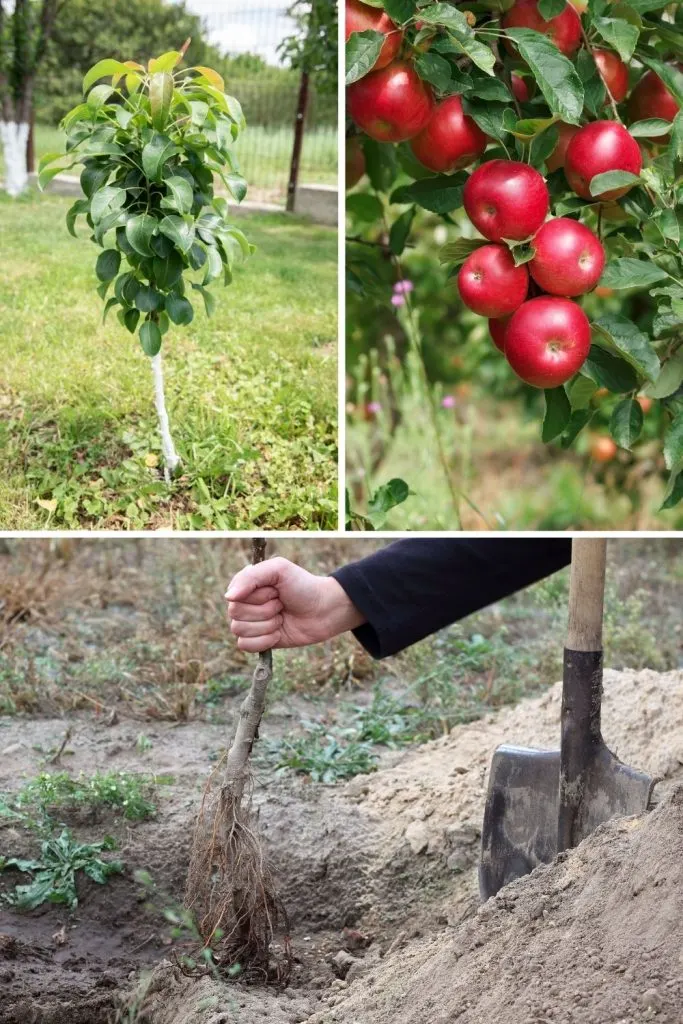
Last but not least, we’ve got the classic – apples. Now, these can be a bit tricky in some areas, but don’t let that scare you off. The secret is picking the right variety for your climate. It’s like matchmaking for trees!
If you’re in a warmer spot like Texas, look for varieties like Pink Lady, Crispin, Anna, or Fuji. They’re the cool kids who can handle the heat.
And here’s a pro tip: if your area’s a bit too warm, try creating a mini cool spot in your garden. North-facing slopes or areas with afternoon shade can be your apple trees’ best friends.
Essential Pre-Planting Steps
Before you start digging, let’s talk about getting your trees ready for their new home. Think of it like acclimating to a new neighborhood – you want to take it slow.
Start by giving your new trees a shady spot with just a touch of sun for a week or two. It’s like easing them into their new life, reducing the chance of transplant shock.
Location, location, location – it’s not just for real estate! Most fruit trees are sun-lovers, so find them a spot with about 8 hours of daily sunshine.
And if your soil’s on the heavy clay side, don’t worry. Just build them a little mound with some compost and mulch. It’s like giving them their own personal hill to reign over.
Planting Techniques for Success
Ready to get your hands dirty? Great! When you’re planting in the ground, dig a hole about twice the size of the root ball. Make sure the top of the roots is level with or slightly above the soil line.
And here’s a little trick – give the hole a good soak before planting. It’s like offering your tree a welcome drink in its new home.
If you’re going the container route (perfect for colder areas or if you like to redecorate your garden often), choose a pot with good drainage. Mix up a coarse soil blend to keep those roots happy and healthy.
Post-Planting Care and Watering
After planting, give your new tree a deep watering to settle it in. Create a little soil basin around the trunk, but don’t let water pool against it – we don’t want any rot setting in.
If you’ve got container trees and live somewhere chilly, be ready to bring them inside when it gets cold. A sunny window will be their cozy winter retreat.
Watering is key for your new trees. The golden rule? Water deeply but not too often. We want those roots reaching deep into the soil, not hanging out near the surface.
Keep an eye on the soil moisture and adjust as needed. It’s like being a weather forecaster for your own little micro-climate!
Regional Considerations
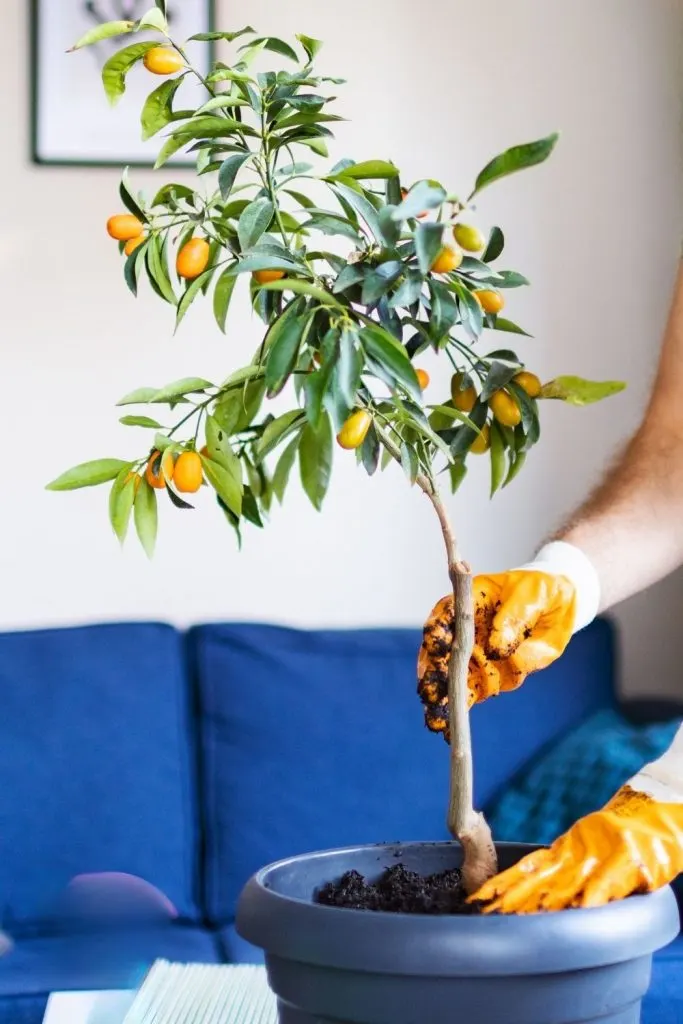
Remember, folks, not all trees are created equal when it comes to different climates. If you’re in Texas, persimmons, figs, and pomegranates are your go-to choices. They can handle the heat and don’t mind if you forget to water now and then.
For you citrus lovers in southern and coastal Texas, you’re in luck! But if you’re up north where it gets chilly, consider growing your citrus in pots. That way, you can bring them in when Jack Frost comes to visit.
And always, always check those chill hour requirements, especially for apples and stone fruits. It’s like making sure you’ve got the right wardrobe for your climate – you want your trees to be comfortable and productive!
So there you have it, garden pals! Your guide to fall fruit tree planting. With these tips and tricks up your sleeve, you’ll be well on your way to creating a thriving orchard that’ll be the envy of the neighborhood.
Now, who’s ready to get planting?
